Get ready for biocomputers powered by human brain cells.
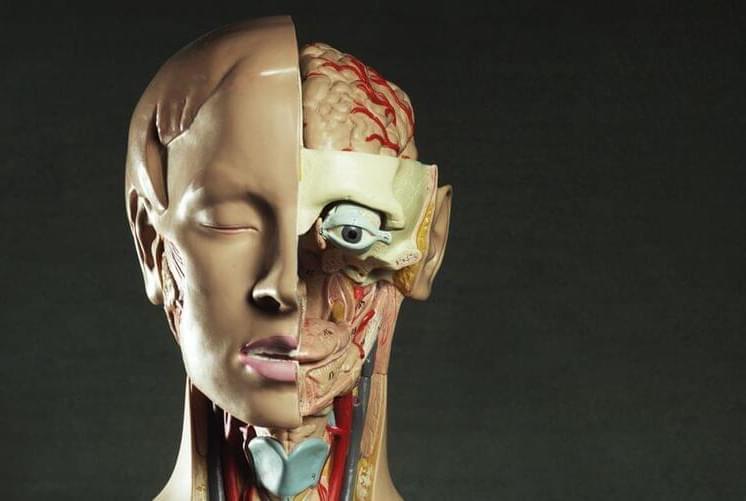

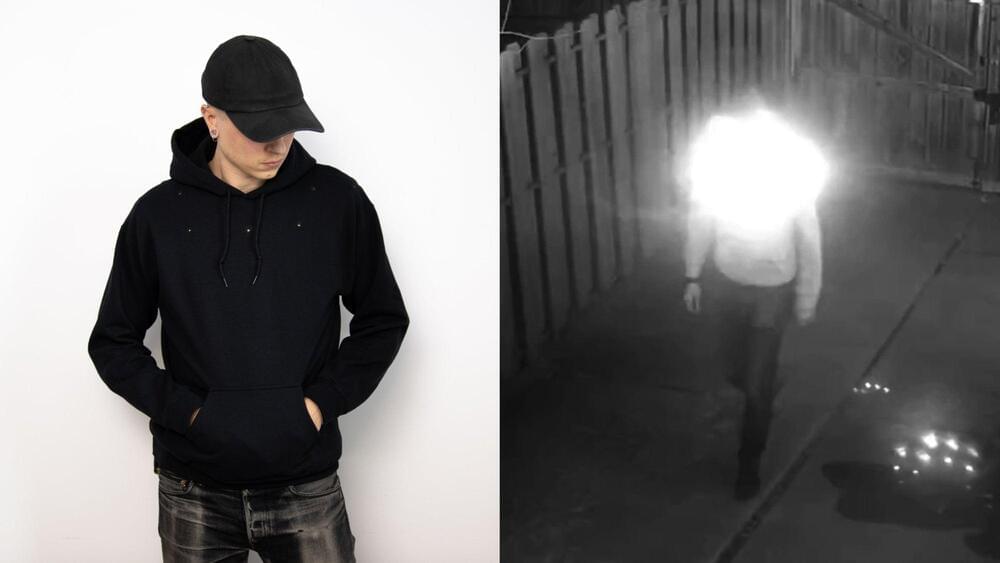
Pierce, an artist whose work critically engages with weaponized emerging technologies, recently unveiled their latest ingenious project—an everyday hoodie retrofitted to include an array of infrared (IR) LEDs that, when activated, blinds any nearby night vision security cameras. Using mostly off-the-shelf components like LumiLED lights, an Adafruit microcontroller, and silicone wire, as well as we software Pierce that made open-source for interested DIYers, the privacy-boosting “Camera Shy Hoodie” is designed to enable citizens to safely engage in civic protests and demonstrations. Or, wearers can just simply opt-out of being tracked by unknown third-parties while walking down the street.
A DIY hack for hoodies emits infrared LEDs to obscure wearers’ faces from invasive surveillance camera tracking.

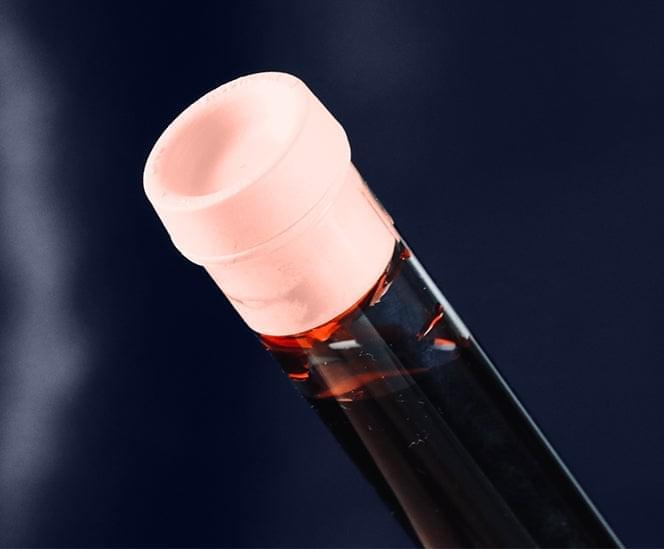
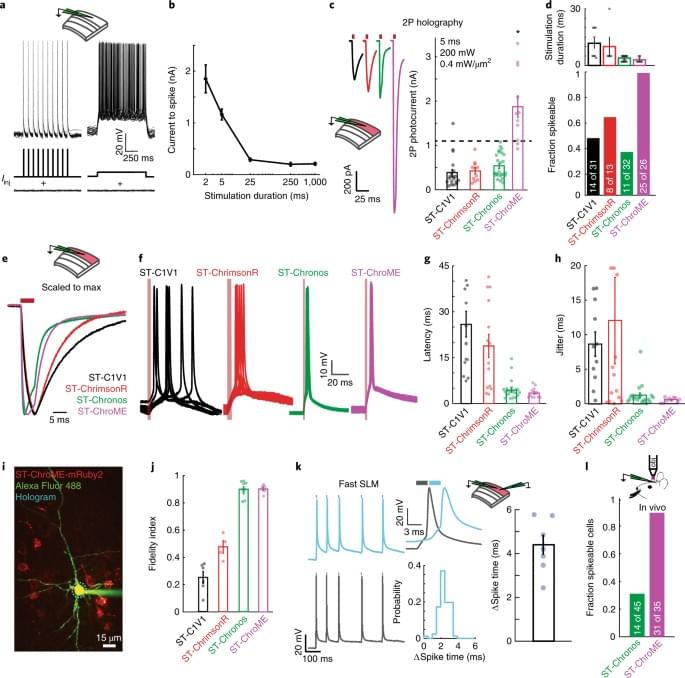
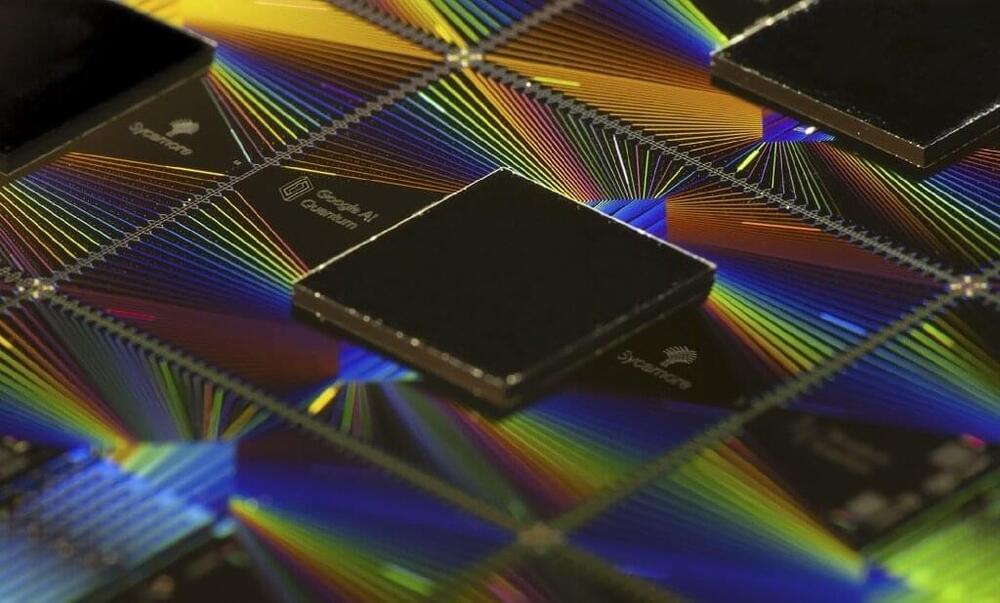
Google scientists said Wednesday they have passed a major milestone in their quest to develop effective quantum computing, with a new study showing they reduced the rate of errors—long an obstacle for the much-hyped technology.
Quantum computing has been touted as a revolutionary advance that uses our growing scientific understanding of the subatomic world to create a machine with powers far beyond those of today’s conventional computers.
However the technology remains largely theoretical, with many thorny problems still standing in the way—including stubbornly high error rates.
A tumor’s necrotic core contains factors that appear to promote metastasis, or the seeding of tumors cells throughout the body, according to a new study in rats by researchers at Fred Hutchinson Cancer Center.
Researchers hope their findings, which will be published the week of Feb. 27 in the Proceedings of the National Academy of Sciences, lead to a better understanding of how to cure metastatic, or stage 4 cancers, which are treatable but not curable.
“Tumor necrotic cores are a fairly common phenomenon, but they haven’t been linked to cancer metastasis until recently,” said lead author Ami Yamamoto, a Fred Hutch graduate student working in the Cheung Lab. “Our research put together observations other people have made into the specific context of breast cancer metastasis. Our work shows a link between necrosis, circulating tumor cells and cancer metastasis.”
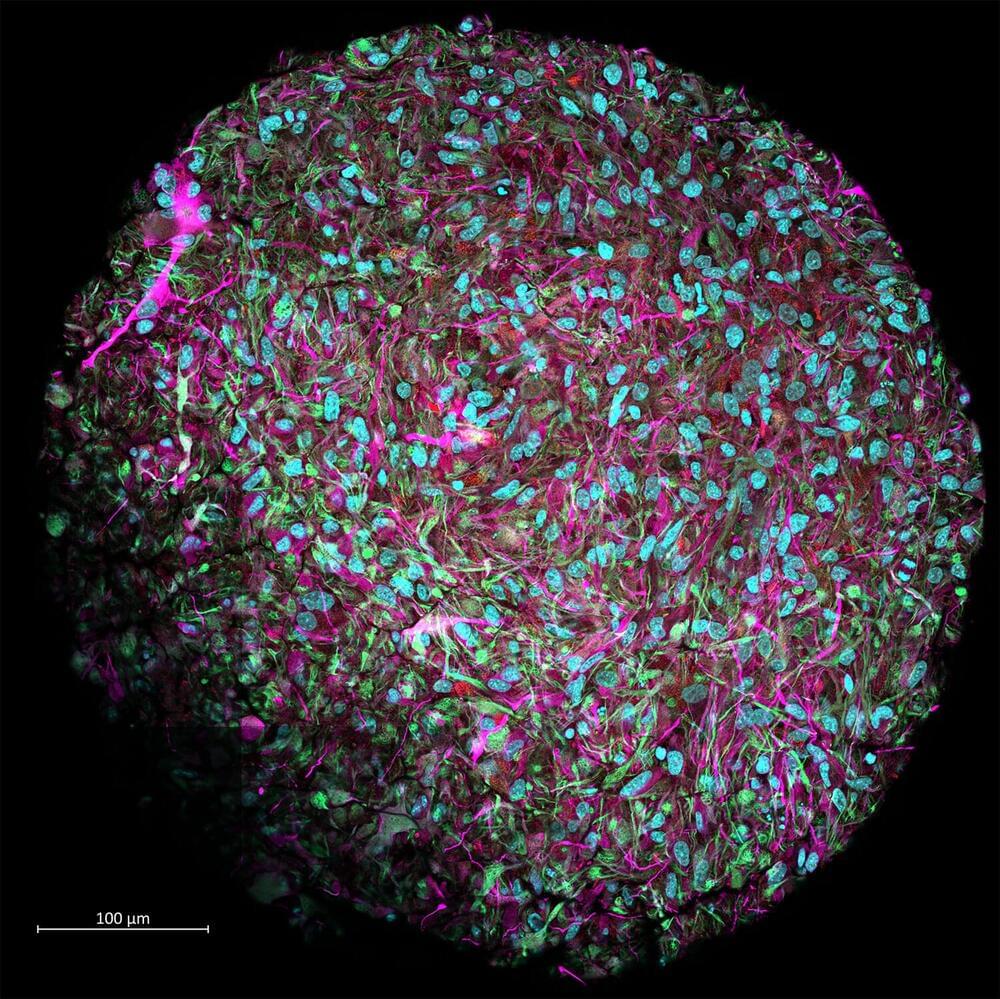
A “biocomputer” powered by human brain cells could be developed within our lifetime, according to Johns Hopkins University researchers who expect such technology to exponentially expand the capabilities of modern computing and create novel fields of study.
The team outlines their plan for “organoid intelligence” today in the journal Frontiers in Science.
“Computing and artificial intelligence have been driving the technology revolution but they are reaching a ceiling,” said Thomas Hartung, a professor of environmental health sciences at the Johns Hopkins Bloomberg School of Public Health and Whiting School of Engineering who is spearheading the work. “Biocomputing is an enormous effort of compacting computational power and increasing its efficiency to push past our current technological limits.”
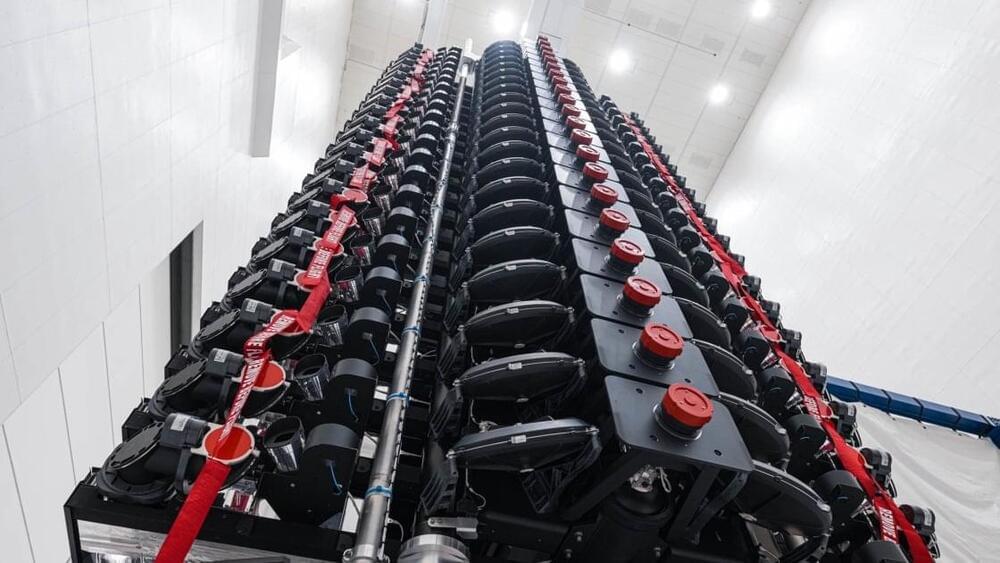
Yesterday was an example of how things are speeding up at SpaceX. First, they had a launch scrubbed due to problems with its lighter fluid then they had a launch scrubbed due to weather. Then they had a launch delayed due to space weather. Finally, the delayed launch did get off the ground. The point being that SpaceX is so busy these days that even with two scrubs and one delay, they still launched to orbit!
This launch featured the first Starlink 2.0 satellites. Besides a 4 times increase in capacity compared to version 1.5 satellites, they also include brand new ion engines which are the first ion engines to use argon that have ever been produced.
Finally, this launch ended in the 100th successful landing in a row for SpaceX. Almost no other space company has completed 100 successful launches, forget about landings! (Currently everyone else is crashing and burning all their orbital rockets.)
The company offers more details about satellites for its second-generation Starlink network, which promises to offer even better broadband quality.

“This past week, we completed a difficult organizational overhaul focused on improving future execution, using as much feedback as we could gather from the entire company,” Musk wrote. “Those who remain are highly regarded by those around them.”
The short memo, titled “Performance Awards,” is Musk’s first communication to Twitter employees since he laid off hundreds more of them, including several senior loyalists and nearly all of the product team without warning over the weekend. (Platformer’s Zoë Schiffer first tweeted about the memo.)
After several rounds of cuts and demanding that employees be “extremely hardcore,” Musk hasn’t yet shared details about how he will make up for the stock awards that went away when he took Twitter private. In previous internal comments, he has alluded to the system he set up at SpaceX to let employees regularly sell the company’s stock to interested investors. Given Twitter’s distressed financial situation relative to SpaceX, it’s unclear what the appetite for its stock will be in the short term.